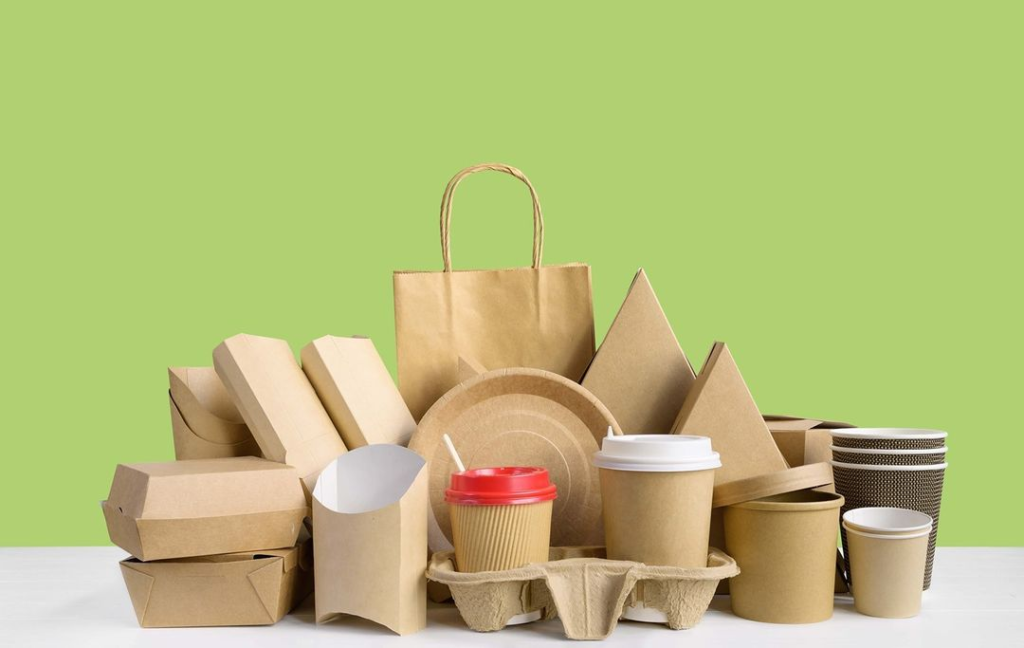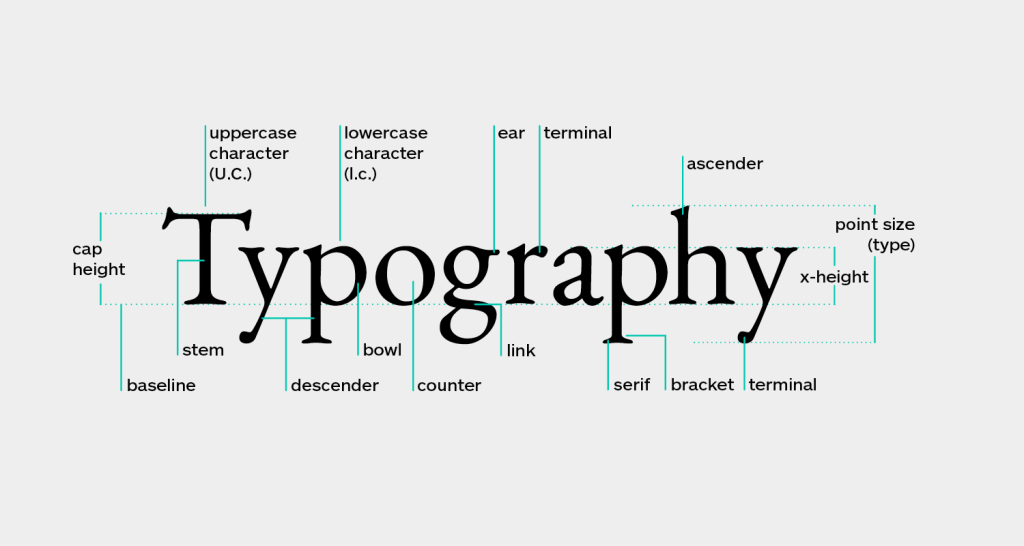Packaging is no longer just a means to hold and protect products; it has evolved into a dynamic and essential aspect of the consumer experience. In today’s fast-paced and competitive marketplace, brands are continually redefining packaging to captivate consumers and create lasting impressions. From sustainability to personalization, innovative packaging trends are reshaping the way consumers interact with products. With cutting-edge technology, Hydroponic Global revolutionizes the packaging industry with its innovative designs. In this article, we will explore the top packaging trends that are transforming the consumer experience.
1. Sustainable Packaging Solutions
As environmental concerns become increasingly critical, sustainable packaging solutions have emerged as a top priority for both brands and consumers. Eco-conscious packaging not only reduces waste but also appeals to socially responsible consumers who seek to make environmentally-friendly choices.
– Biodegradable Materials
Biodegradable materials, such as plant-based plastics and compostable packaging, are gaining popularity for their ability to break down naturally without causing harm to the environment. Brands are adopting these materials to reduce their ecological footprint and align with consumer values.

– Minimalist Packaging
The minimalist approach aims to eliminate excess materials and reduce packaging waste. Brands are embracing simplicity by using fewer resources and opting for sleek, streamlined designs that still effectively protect the product.
2. Personalization and Customization
In the era of personalization, consumers are drawn to unique and tailor-made experiences. Packaging that reflects individual preferences or allows customers to customize their purchases enhances the emotional connection between the consumer and the brand.
– Personalized Labels and Designs
Brands are incorporating technology to offer personalized labels and designs. Customizing packaging with the customer’s name, favorite colors, or even images creates a sense of ownership and exclusivity.
– DIY and Interactive Packaging
DIY packaging kits encourage consumers to become part of the product assembly process. Interactive elements, such as puzzles or foldable designs, engage consumers and add an element of fun to the unboxing experience.
3. Digital Integration
With the rapid advancement of technology, packaging is no longer limited to physical elements. Digital integration enhances the consumer experience by providing valuable information, entertainment, or interactive features.
– QR Codes and Augmented Reality
QR codes on packaging direct consumers to digital content, such as product information, videos, or special offers. Augmented reality (AR) takes this a step further, allowing consumers to virtually interact with the product before purchase.
– Smart Packaging
Smart packaging utilizes sensors and technology to monitor product freshness, temperature, or even track shipment progress. This level of transparency enhances consumer trust and confidence in the product.
4. Storytelling and Brand Narrative
Consumers today seek authenticity and a connection with the brands they support. Packaging that tells a compelling story about the brand’s values, mission, or the product’s journey resonates with consumers on a deeper level.
– Ethical Sourcing and Sustainability Stories
Brands are using packaging to communicate their commitment to ethical sourcing and sustainability. Sharing stories about responsible sourcing practices and environmental initiatives fosters trust and loyalty.
– Cultural and Artistic Narratives
Packaging that celebrates cultural heritage or incorporates artistic elements sparks intrigue and emotional connections with consumers from various backgrounds.
5. Innovative Shapes and Structures
Breaking away from conventional packaging shapes, innovative structures and designs catch consumers’ attention and add an element of surprise to the unboxing experience.
– Unconventional Packaging Shapes
Brands are opting for unique packaging shapes that reflect the product’s identity or functionality. Irregular boxes, triangular packages, or even spherical containers create a memorable and distinctive visual appeal.
– Reusable and Multi-functional Packaging
Packaging that serves a secondary purpose after its primary use fosters sustainability and adds value for consumers. Reusable containers or packaging that transforms into storage solutions encourage customers to keep and reuse the packaging.
Conclusion
Packaging trends are continuously evolving to cater to the changing needs and desires of consumers. From sustainable materials to digital integration and personalization, innovative packaging is redefining the consumer experience and reshaping the way products are perceived. Brands that embrace these packaging trends not only enhance customer satisfaction but also create a competitive edge in the market. As packaging goes beyond the box, it becomes a powerful tool for brands to make lasting impressions and build strong relationships with their customers.







